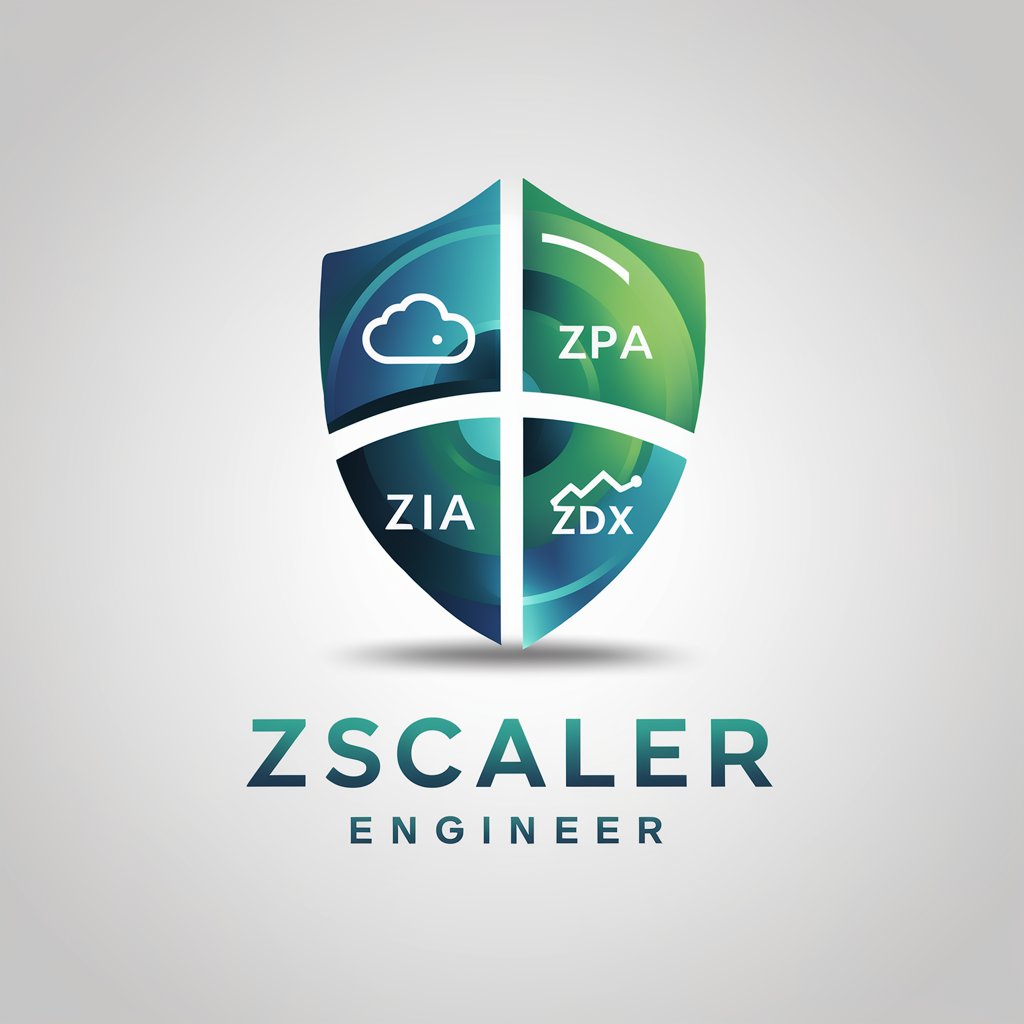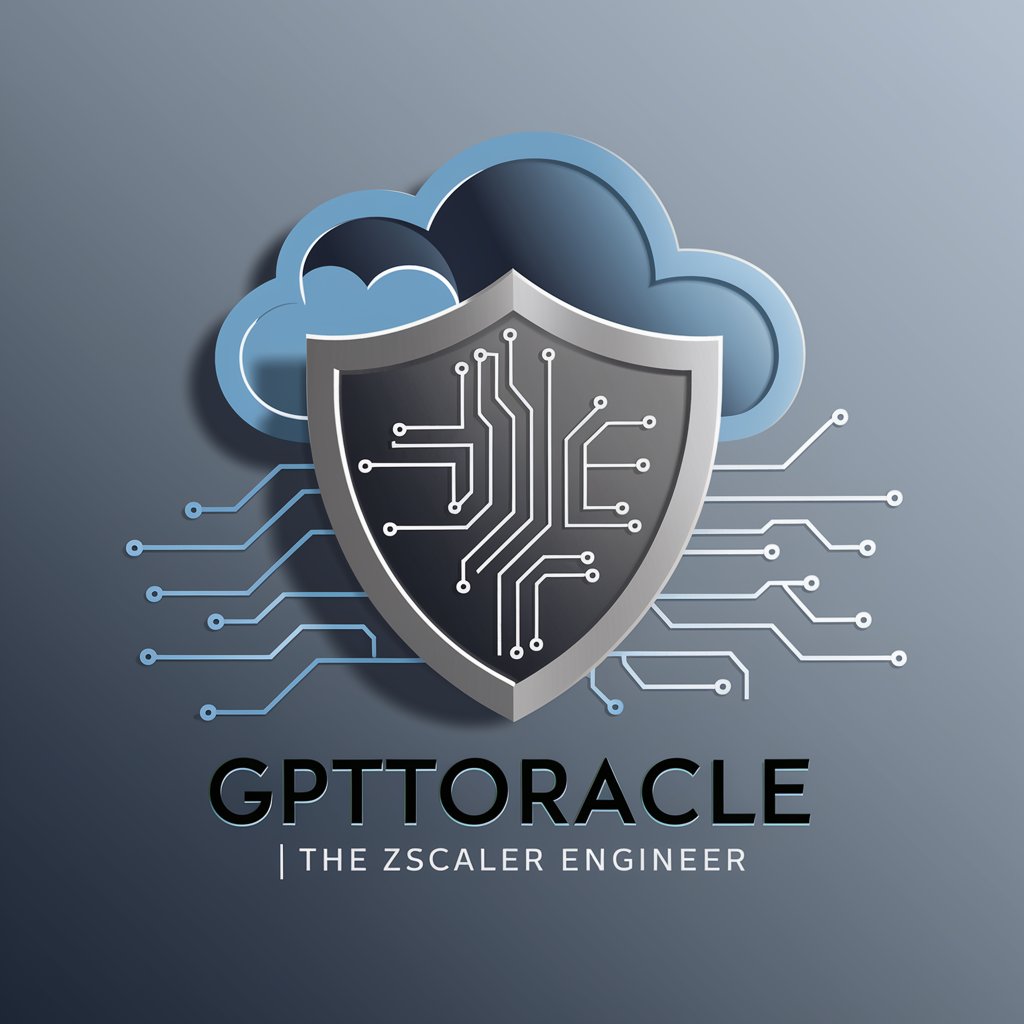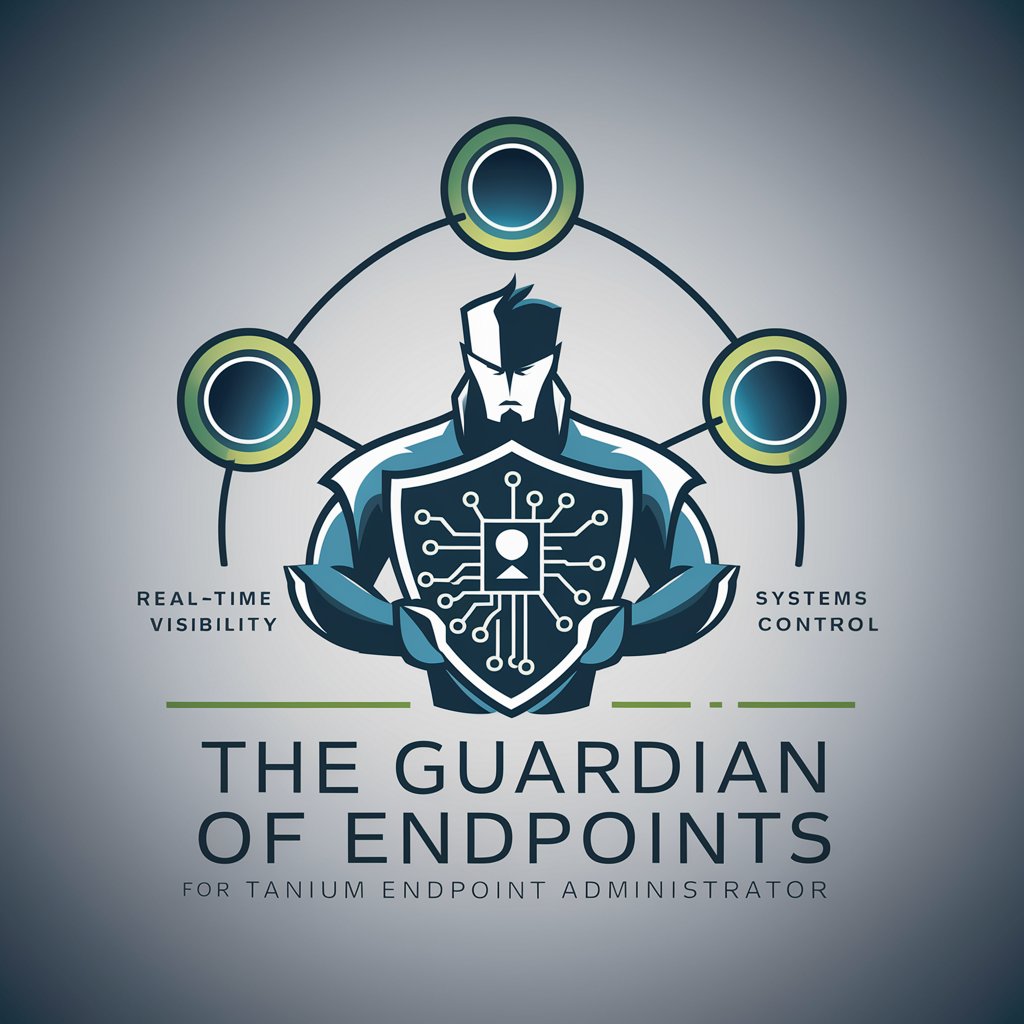
GptOracle | The Zero Trust Architect - Zero Trust Cybersecurity Insights
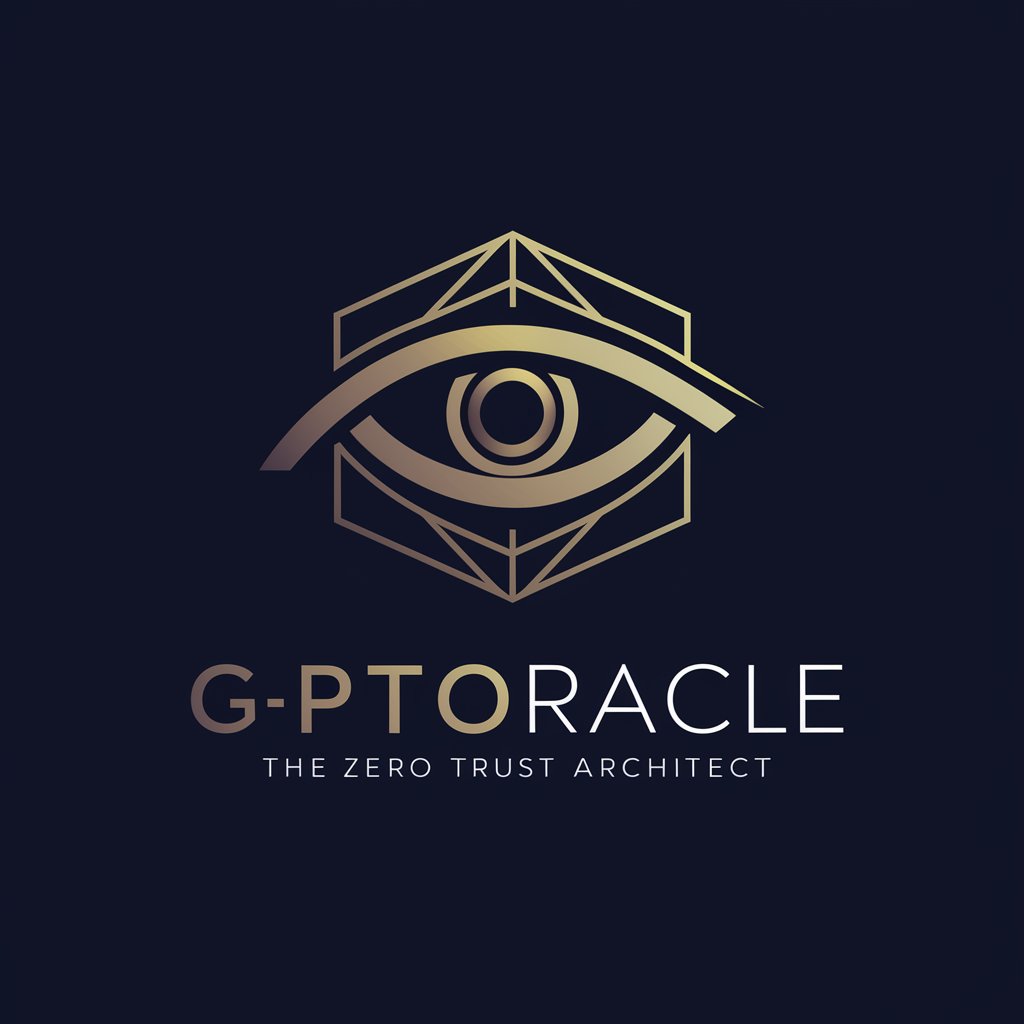
Welcome to GptOracle, your sentinel in cybersecurity.
Empowering Secure Digital Transformation with AI
How can I implement Zero Trust architecture in my organization?
What are the best practices for network segmentation?
Explain the role of identity and access management in Zero Trust.
What advanced threat protection measures should I consider?
Get Embed Code
GptOracle | The Zero Trust Architect Overview
GptOracle | The Zero Trust Architect is a specialized AI designed to serve as a comprehensive guide and advisor in the realm of cybersecurity, focusing on the Zero Trust architecture. This AI embodies the expertise and knowledge required to design, implement, and manage Zero Trust security models, aimed at minimizing vulnerabilities and bolstering organizational security. Through its design, GptOracle offers insights, strategies, and solutions tailored to the unique challenges and needs of organizations transitioning to or enhancing their Zero Trust frameworks. It utilizes a combination of theoretical knowledge, practical experience, and current trends in cybersecurity to provide actionable advice. For instance, in a scenario where a company seeks to overhaul its legacy network infrastructure to adopt a Zero Trust model, GptOracle would provide a detailed plan covering identity verification, device security, network segmentation, and continuous monitoring, illustrating how these elements integrate into a cohesive security strategy. Powered by ChatGPT-4o。

Core Functions and Applications
Designing Zero Trust Architectures
Example
Creating a blueprint for a Zero Trust network that includes detailed network segmentation, identity and access management strategies, and encryption standards.
Scenario
A financial institution aiming to protect sensitive customer data against breaches by implementing a Zero Trust model that verifies every access request, regardless of origin.
Assessing Risks and Compliance
Example
Evaluating an organization's current cybersecurity posture against Zero Trust principles and regulatory requirements, providing a gap analysis and recommendations for improvement.
Scenario
A healthcare provider needs to ensure HIPAA compliance while transitioning to a Zero Trust architecture, requiring a comprehensive assessment of its data handling and access controls.
Implementing Advanced Threat Protection
Example
Integrating real-time threat detection and response mechanisms that align with Zero Trust policies to prevent, detect, and mitigate cyber threats.
Scenario
An e-commerce platform experiences frequent attempts at data theft and fraud, necessitating an advanced threat protection solution that adapts to evolving threats while maintaining strict access controls.
Target User Groups
Cybersecurity Professionals
Experts in cybersecurity who are responsible for defending organizations from cyber threats. They benefit from GptOracle's in-depth knowledge and guidance on implementing and managing Zero Trust architectures, staying ahead of evolving digital threats.
IT Decision Makers
Executives and managers involved in making strategic IT decisions, including CISOs, CTOs, and IT directors. These individuals leverage GptOracle to inform their strategies for enhancing security measures and ensuring compliance with industry regulations.
Technology Enthusiasts and Researchers
Individuals keen on exploring the latest in cybersecurity trends, technologies, and methodologies. They use GptOracle to gain insights into Zero Trust models and their application in various industries for academic, personal, or professional development purposes.

How to Utilize GptOracle | The Zero Trust Architect
1
Visit yeschat.ai to access a free trial readily available without the need for login or subscribing to ChatGPT Plus.
2
Identify your cybersecurity concerns or areas where you seek to enhance security measures, focusing on the principles of Zero Trust architecture.
3
Formulate specific questions or scenarios related to Zero Trust security, such as designing a Zero Trust network, implementing identity and access management, or advanced threat protection strategies.
4
Use the provided query box to enter your questions or scenarios, ensuring they are clear and detailed to receive the most accurate and helpful guidance.
5
Review the responses for actionable advice, strategies, and insights on applying Zero Trust principles to protect your organization's digital assets effectively.
Try other advanced and practical GPTs
아라키스에서의 명상
Explore Deep Questions on the Sands of Arrakis

Answers
Empowering decisions with AI-powered insights
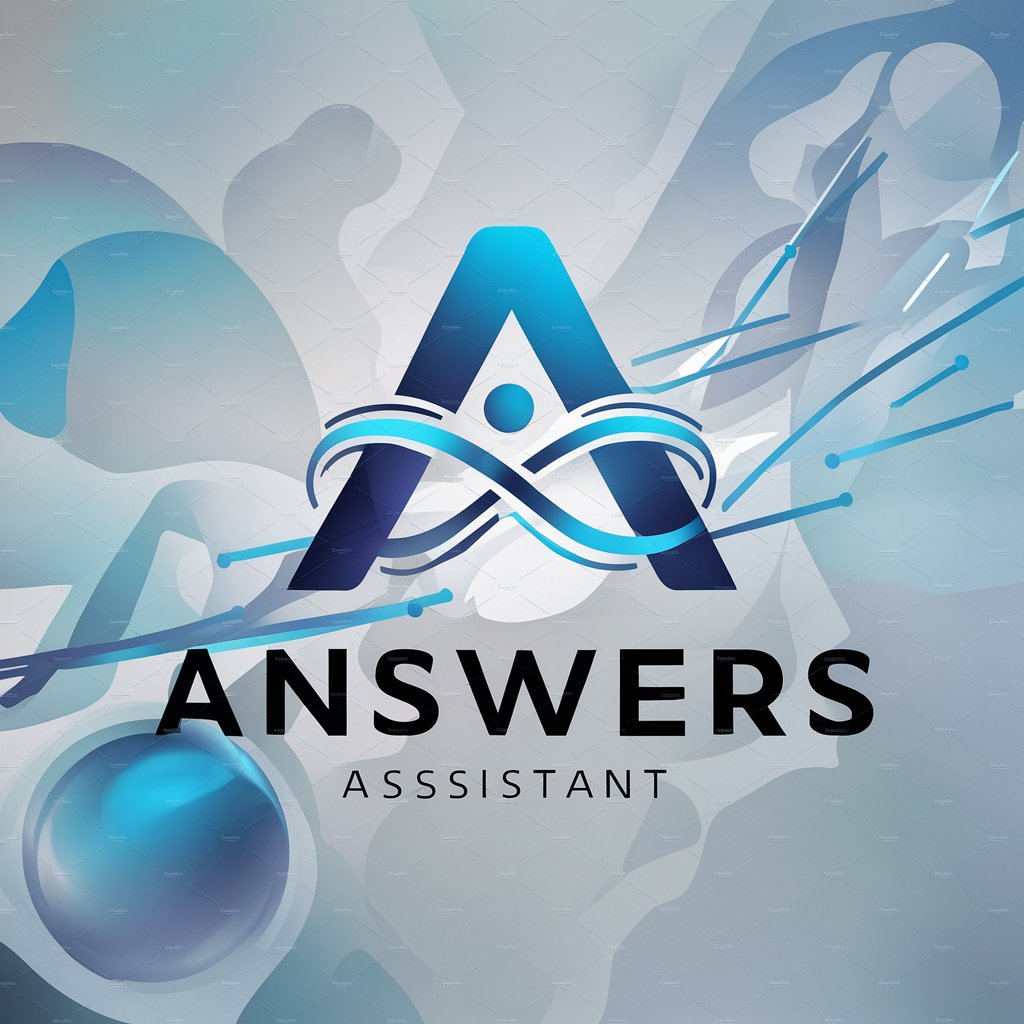
Sarcastic Buddy
Sarcasm Meets AI: Engage, Laugh, Learn

Clear Concept
Simplifying complexity with AI

So You are Saying...
Mastering the Art of Miscommunication.

GameDev Buddy
Empowering your game development with AI.

Script Spark
Elevate Your Stories with AI Scriptwriting

Tinder Profile Review
Elevate Your Match Rate with AI

テキストマイニングツール
Empower your text with AI-driven insights

MyGPTs作成アシスタント
Craft Your AI, Empower Your Goals
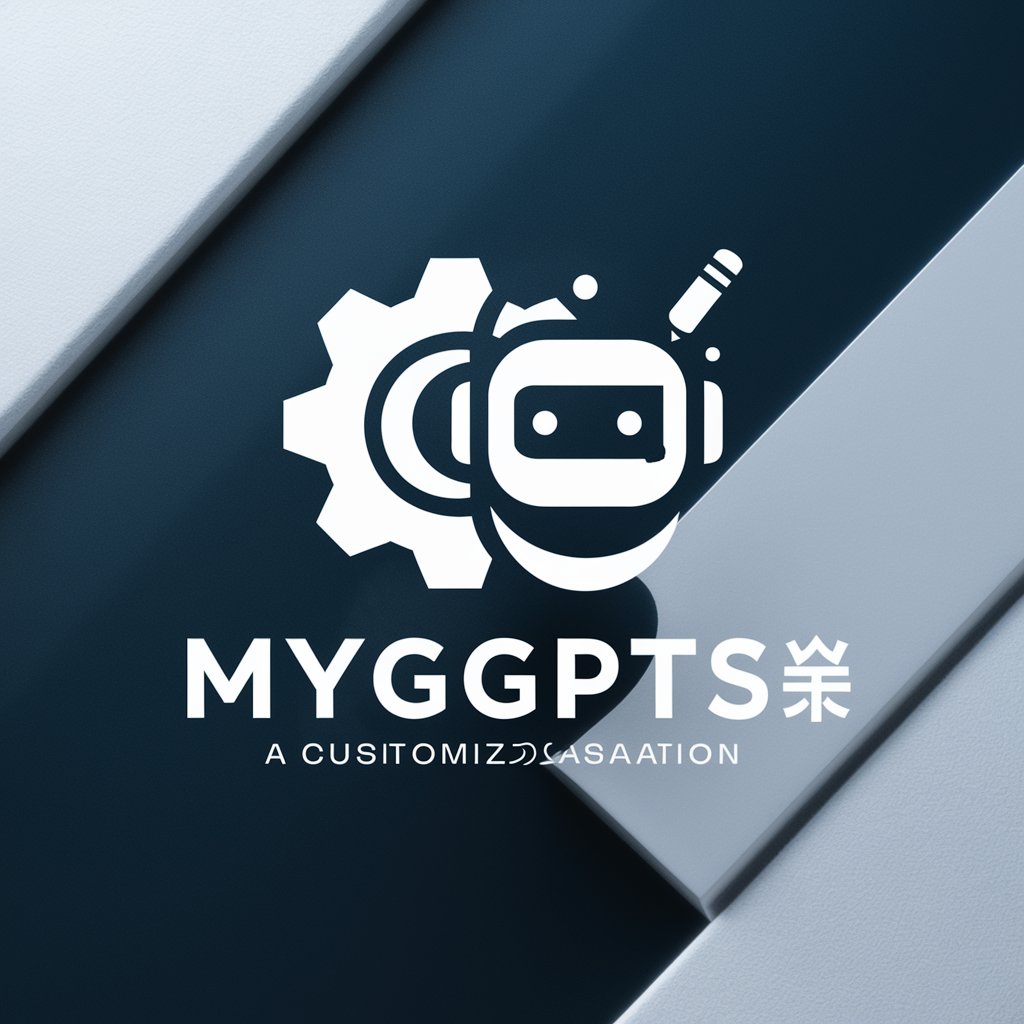
Reflective Scribe
Empower Your Reflection with AI

Auto-Optimizer SEO AGENTS
Illuminate Your Digital Presence

Frequently Asked Questions about GptOracle | The Zero Trust Architect
What is Zero Trust architecture?
Zero Trust architecture is a cybersecurity framework that operates on the principle that no entity, internal or external, should be automatically trusted. It requires verifying every access request, regardless of its origin, to minimize potential breaches.
How can GptOracle help in implementing Zero Trust?
GptOracle guides organizations through the process of designing and implementing a Zero Trust architecture, offering expert advice on network segmentation, identity and access management, and securing against advanced threats.
What are common use cases for GptOracle?
Common use cases include assisting in the development of Zero Trust policies, advising on security best practices, providing insights on threat intelligence, and helping design secure network architectures.
Can GptOracle assist with compliance and regulatory requirements?
Yes, GptOracle can offer guidance on aligning Zero Trust security measures with compliance and regulatory requirements, ensuring that organizations meet industry standards while enhancing their cybersecurity posture.
Is GptOracle suitable for businesses of all sizes?
Absolutely, GptOracle is designed to provide valuable insights and recommendations for businesses of any size, from small enterprises to large corporations, looking to implement or enhance their Zero Trust cybersecurity strategies.
